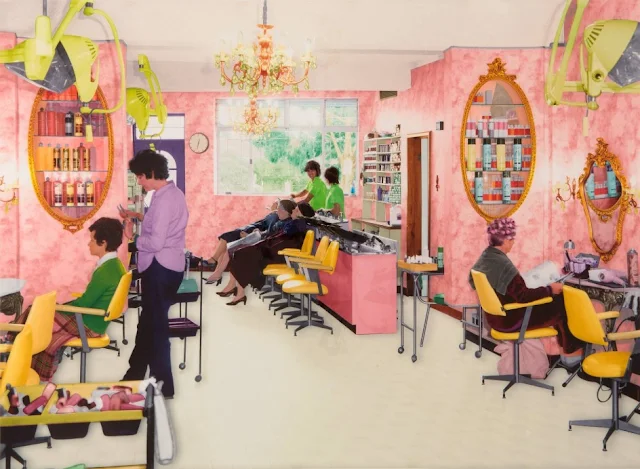Exploring the Poetic and Provocative World of One of Australia’s Most Influential Artists
Tracey Moffatt is celebrated for weaving rich narratives about identity, memory, and cultural dislocation. Working across photography, film, and video art, she sidesteps linear storytelling in favor of fragments—emotion, history, and image—inviting viewers into charged spaces where personal and collective memories collide.

A Personal Lens on Universal Themes
Born in Brisbane in 1960, Moffatt’s Indigenous heritage informs recurring themes of cultural belonging, colonial history, and racial identity. Early landmarks like Something More (1989) established her cinematic tableaux: saturated color, melodrama, and a surface glamour that conceals longing and loss. The push–pull between aspiration and fracture becomes a signature tension throughout her practice.
The Power of Storytelling Through Staged Imagery
Scarred for Life (1994) adopts staged, snapshot-like images to mimic family albums while narrating unsettling micro-dramas of trauma and vulnerability. Short, ambiguous captions suggest conflict and fear without closure, compelling viewers to supply the missing story.
In Up in the Sky (1997), her stark, monochrome panoramas of rural Australia feel documentary yet remain rigorously constructed, opening questions about community, marginalization, and the legacies of colonial policy—especially for Indigenous peoples.

Film and the Poetics of Moving Images
Film extends her narrative strategies. The short Night Cries: A Rural Tragedy (1989) explores care, grief, and identity through stylized sets and soundscapes, while Bedevil (1993) composes three ghost stories from folklore and childhood memory. Both works trade linearity for atmosphere, translating her staged photographic grammar into time-based, sensorial experiences.

Cultural Critique and the Role of the Artist
Moffatt’s images question romanticized myths of Australia and foreground Indigenous experience. Series like Plantation (2009) and Spirit Landscapes (2013) braid site, labor, spirituality, and the afterlives of colonialism. Her critique is pointed yet poetic, inviting reflection rather than delivering didactic answers.
Legacy and Influence
Internationally acclaimed—and Australia’s representative at the 2017 Venice Biennale—Moffatt has inspired artists to embrace storytelling as cultural critique. Her work traverses genre and medium while remaining anchored in lived memory and heritage, showing how art can reimagine the world rather than simply mirror it.
The Art of Tracey Moffatt
Moffatt’s practice is a vivid reminder that memory and identity shape how we see. Her staged photographs and films linger long after viewing—asking us to look beyond the surface, to question, to feel, and to imagine.
